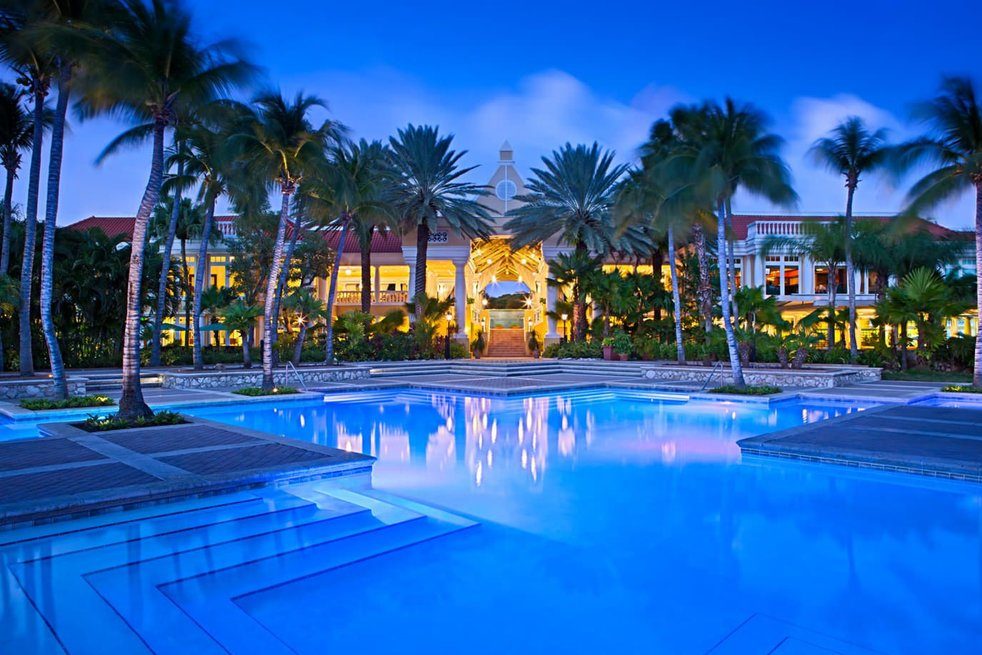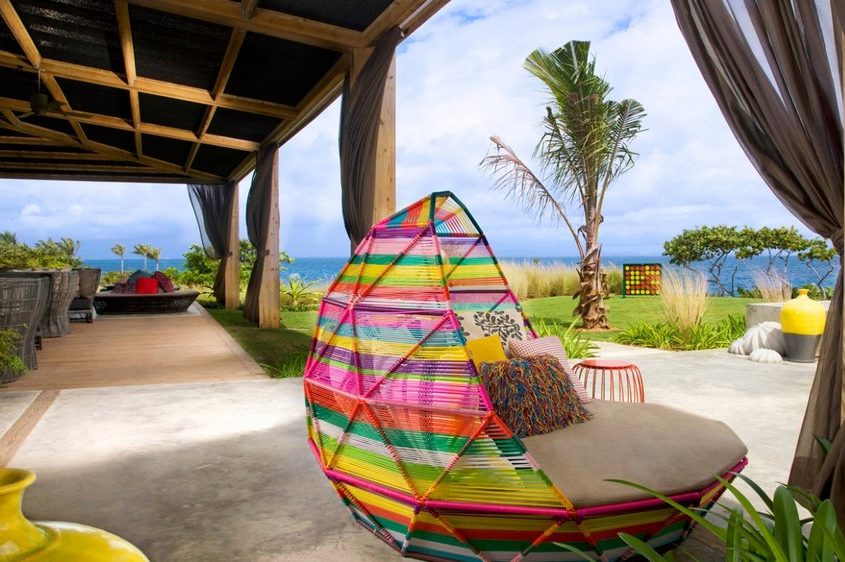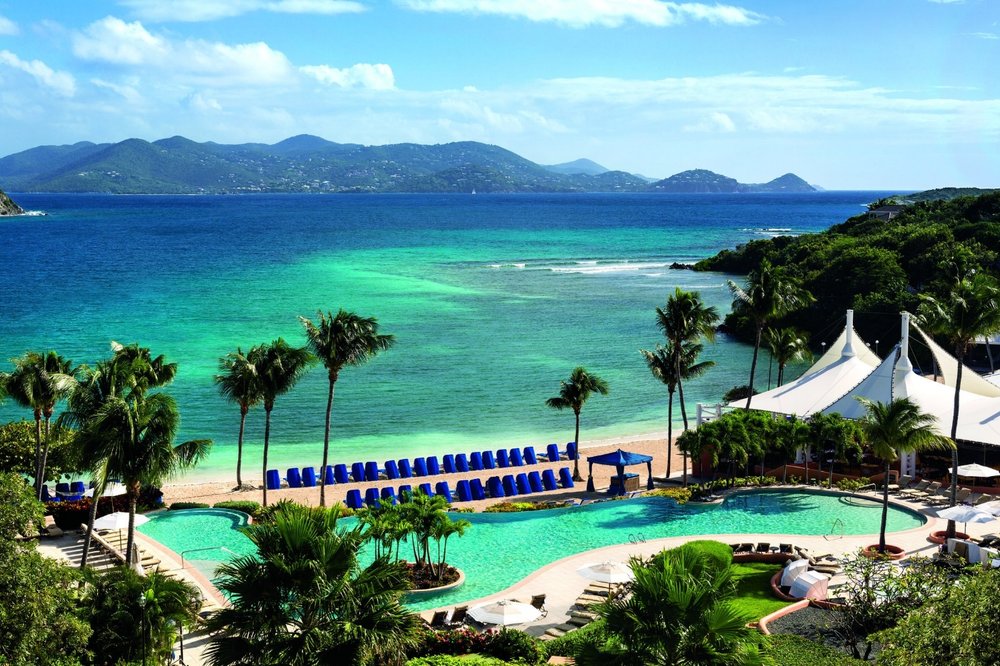In the Travel Notes series, we’ll hop around the world, region by region, putting together a loose collection of tips and tricks for flights, hotels, and activities in each region. It’s my hope that you’ll find these notes useful as you plan your adventures!
Renowned for its natural beauty, stunning beaches, and fervent local pride, the Caribbean is a top destination among travel enthusiasts. While beach resorts and cruises remain the dominant drivers of the region’s tourism sector, there’s plenty else to discover among these islands. Situated in the cradle of the Americas and retaining close cultural ties to Europe, the Caribbean islands are relatively easy to visit and possess all the ingredients for an unforgettable trip.
Highlights
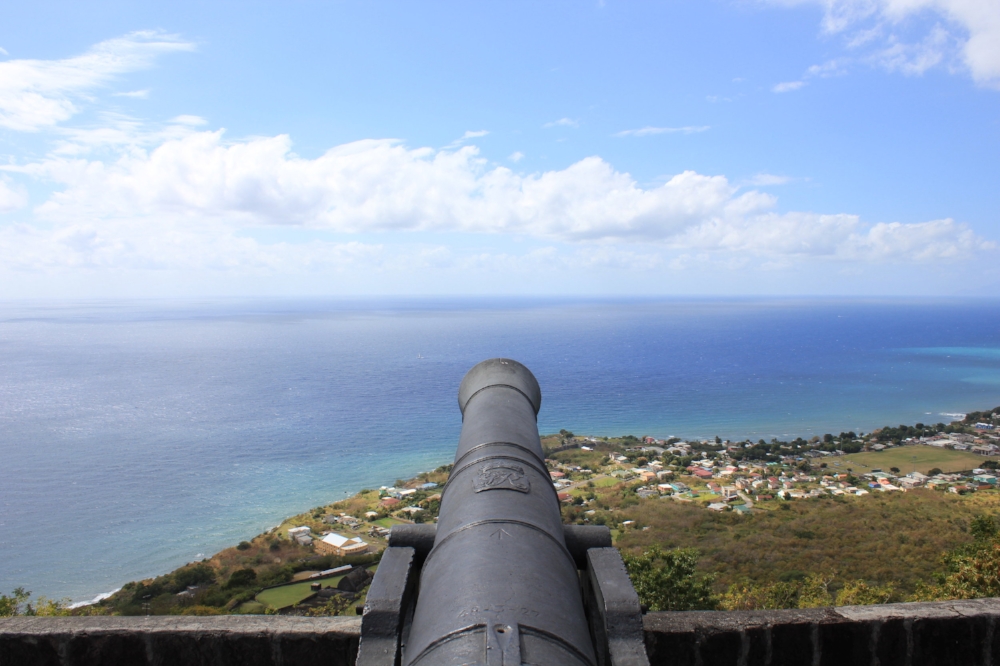
Brimstone Hill Fortress National Park, St. Kitts
I wholeheartedly recommend Brimstone Hill Fortress having just visited in February. The undisputed gem of St. Kitts, this fearsome fortress stands tall on the foothills of Mt. Liamuiga, the island’s volcanic peak, overlooking the Caribbean Sea. The old barracks are now set up as informative exhibits that shed light on the island’s colonial history, and you can easily spend a day exploring the fortress and its surrounding sites.
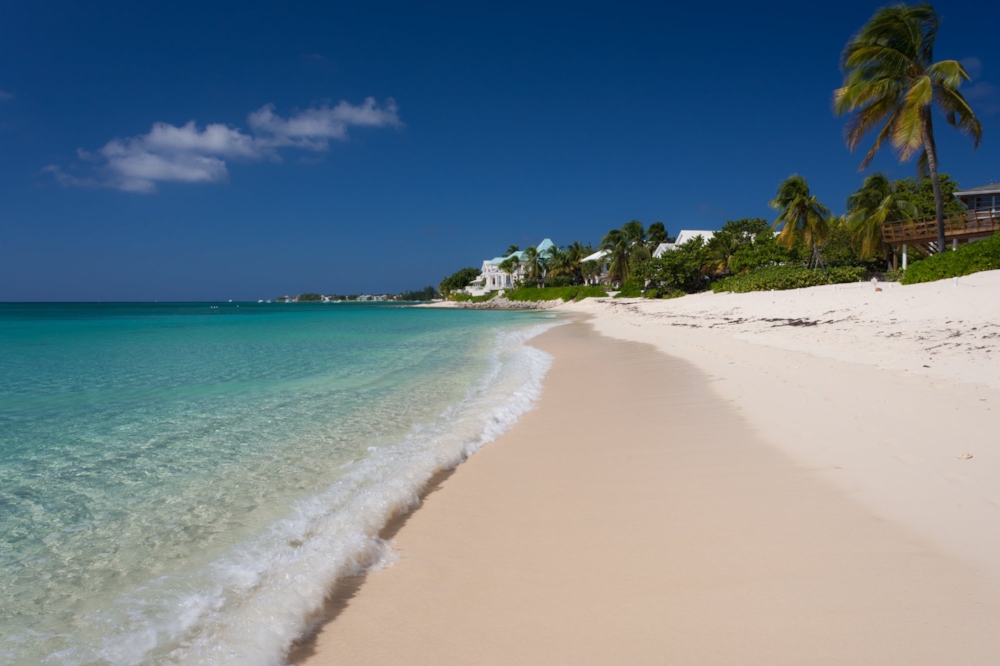
Seven Mile Beach, Grand Cayman
High on my personal list of upcoming destinations, Seven Mile Beach is one of the most well-known beaches in the region, earning its reputation on its long stretch of gorgeous white coral-sand. The beach is lined with luxurious hotels and resorts, making it the place to stay if you’re visiting the Cayman Islands.
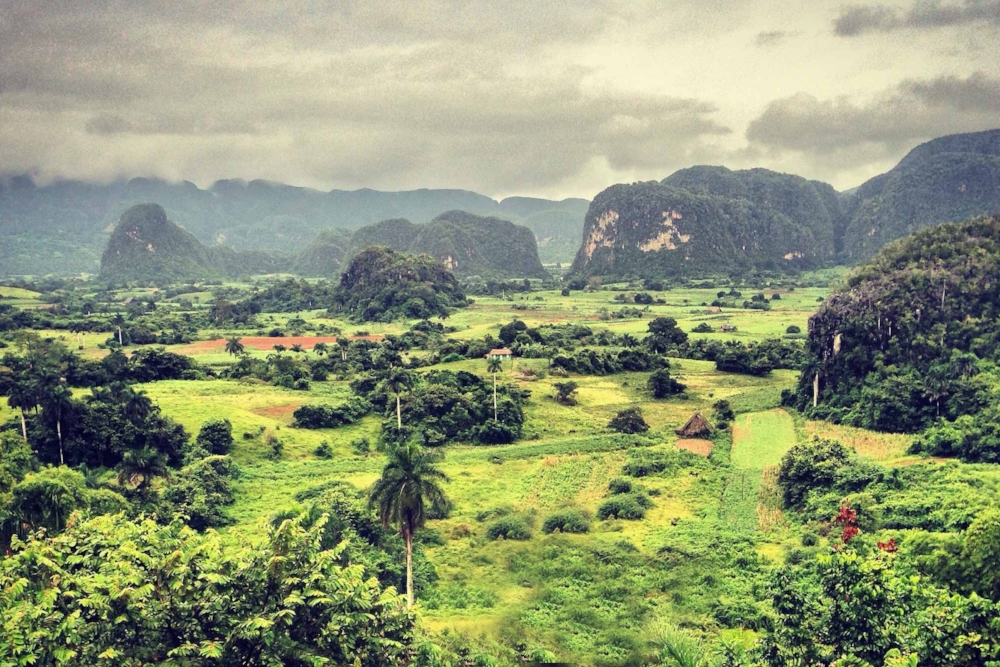
Viñales, Cuba
Said to be Fidel Castro’s favourite spot in Cuba, Viñales is a lush valley situated in the western end of the country consisting of a national park with 300-meter-tall limestone cliffs that rise up from within the valley. Spend your time hiking, cycling, rock climbing, and horseback riding, and discover the endless natural beauty the region has to offer. The tobacco farms here also produce some of the best tobacco in the world.
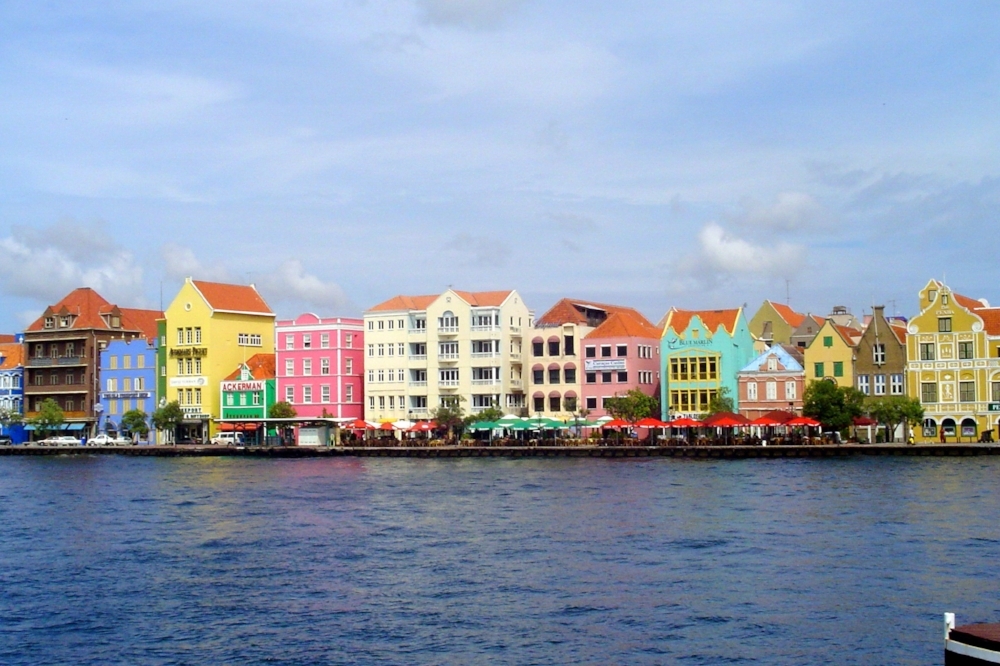
Historic colonial cities
For me, one of the coolest things the Caribbean offers is the well-preserved colonial cities, some of the oldest in the Americas. Admire the British style of serpentine urban settlements in Bridgetown (Barbados) or St. George (Bermuda) or take in the colourful Dutch colonial facades of Willemstad, Curaçao. Then, hop on over to the metropolises of Cuba and the Dominican Republic for a taste of the region’s Spanish influence.
The above is my selection of a few top destinations in the Caribbean, though there’s many more places that satisfy a variety of interests. Nature lovers would need to look no further than the island of Dominica, home to the Boiling Lake, reachable only via an arduous rocky trail that’ll bring you amongst the island’s diverse flora and fauna. Aviation geeks will no doubt have their eyes on Maho Beach in Sint Maarten, where the approach to the runway at Princess Juliana International Airport is such that you can regularly see widebody aircraft flying over the beach by mere dozens of feet.
Getting There
Flights from North America to the Caribbean are quite plentiful, and most of the islands have at least a few direct flights to the major U.S. hubs per week. While the direct options from Canada are a little more limited, the emergence and success of Air Canada Rouge in recent years has really broadened the options for Canadians.
Fares to the region are usually quite affordable. The average round trip to one of the more well-served islands starts at about $400, with fare sales taking place pretty regularly. It’s not uncommon to see $200 round-trip tickets from Toronto to a Caribbean island, and I’ve even seen prices in the $150 range for last-minute travel.
Of course, prices will be higher during peak travel times, such as Christmas, New Year’s, and the week of Spring Break.
Due to the abundance of relatively cheap fares, it can be a little challenging to redeem your miles and points for outstanding value for travel to the Caribbean. For instance, Aeroplan charges 40,000 miles for a round trip in economy, and when the cash price is $400, the value on that redemption isn’t very compelling.
You might wish to explore some other points programs that treat continental North America and the Caribbean as the same region – for example, Aegean Airlines Miles+Bonus, a transfer partner of SPG, charges only 25,000 miles for a round trip in economy within its singular “North America” region, which includes all the islands of the Caribbean.
There’s a few cool routes serving the region that also feature long-haul business class cabins. From Havana, the ever-brilliant Turkish Airlines flies direct to Istanbul, while Air China operates an interesting weekly flight to Beijing with a stop in Montreal (something Montrealers can easily take advantage of as a direct flight option). And of course, the former colonial islands in the region remain well-connected to Europe, with British Airways, Air France, and KLM each offering multiple transatlantic flights a week.
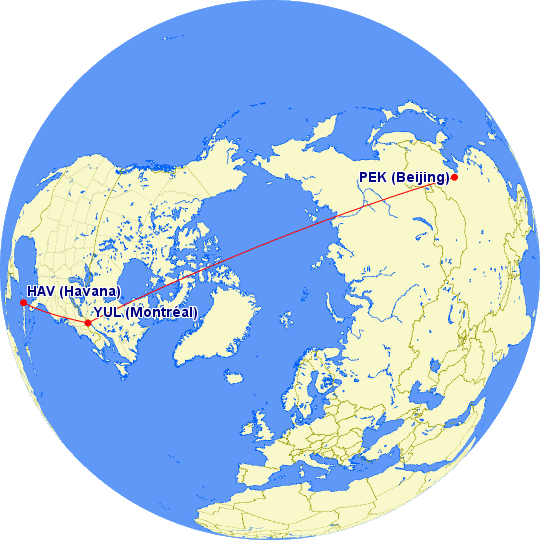
Lastly, let’s not forget arguably the two most popular vacation options in the Caribbean: all-inclusive resorts and cruises. Deals can certainly be had in both, but I won’t get into too much detail here, since I most likely won’t be able to offer you more insight than the full-service travel agencies on the high street.
Getting Around
If you look at a map of the Caribbean, you might be tempted to think that it’s easy and affordable to hop around between the various island clusters. Sadly, that’s exactly not the case.
It’s usually possible to get to neighbouring islands in the same cluster. Most often, islands that belong to the same country (such as Antigua & Barbuda, St. Kitts & Nevis, St. Vincent & the Grenadines, and Trinidad & Tobago) are connected by ferry. Similarly, there are ferry services between the following island groupings (prices vary):
- Dominican Republic – Puerto Rico – U.S. Virgin Islands – British Virgin Islands
- Anguilla – Saint-Martin / Sint Maarten – Saint-Barthélemy – Saba
- Antigua – Montserrat
- Guadeloupe – Dominica – Martinique – St. Lucia
- St. Vincent & the Grenadines – Grenada
Beyond the ferries that connect the various groups of islands, there are a few airlines that operate intra-Caribbean flights. Chief among these are Antigua-based LIAT and Trinidad-based Caribbean Airlines, which serve many islands in the region and some destinations on the South American continent as well.
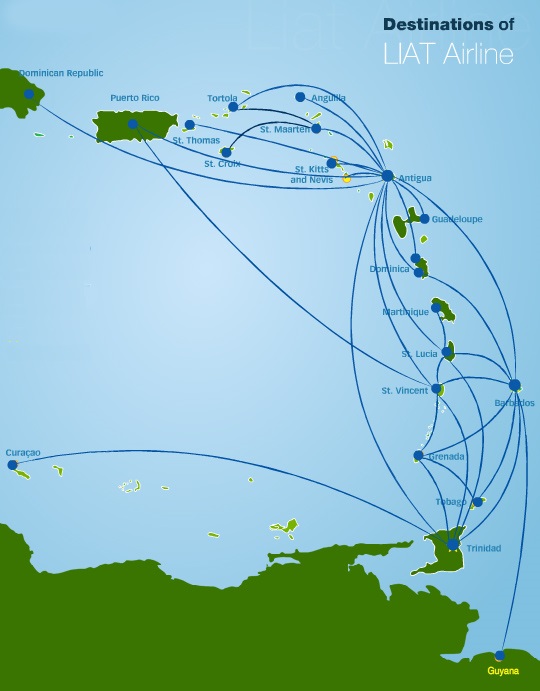
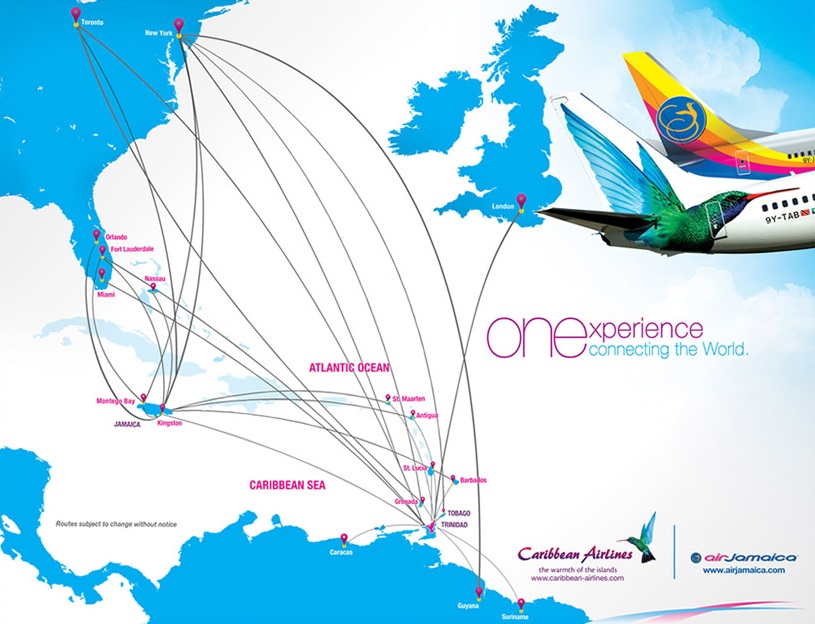
Since these airlines pretty much have a monopoly on many routes, however, don’t expect to see any rock-bottom prices – even a 25-minute hop across the channel between Martinique and St. Lucia will run you $250.
On the whole, the Caribbean Sea is quite a large area, and getting around between different parts of the region is less simple than you might expect. If you’re looking to travel between far-apart island clusters (for example, from Grenada in the Windward Islands to Haiti on Hispaniola) you’ll most likely have to connect onto a different flight in the U.S., Puerto Rico, or Panama. Therefore, if a multi-stop trip across the entire Caribbean region is your goal, you’re probably best off booking a cruise.
Where to Stay
Resorts, resorts, resorts. Beachfront resorts are dotted all over the Caribbean, and it’s sometimes difficult to find distinguishing factors. Direct beach access is obviously a big plus, and in my opinion, it’s a requirement for any beach vacation.
You’ll also want to research the rooms, service, dining, and activities available at the resort, read other travellers’ reviews (keeping in mind whom you’re travelling with, since some resorts are geared towards couples and groups and others are more family-oriented), and weigh the factors that are important to you.
In terms of redeeming your hotel points for stays, the major chains all have great coverage of the area:
Marriott has beach resorts all over the place. I recently stayed at the one in St. Kitts (click the link to read my review), where I redeemed 35,000 Marriott Rewards points per night for four nights. There’s also properties in Curaçao (also 35,000 points/night), Puerto Rico (40,000 points/night), Grand Cayman, and Aruba (both 45,000 points/night), among a few others. The standout city hotel in the area is the J. W. Marriott Santo Domingo, which can be redeemed for 30,000 points/night.
Ritz-Carlton properties fall under the Marriott umbrella, and there’s a few very good (though expensive) options in the Caribbean: the Ritz-Carlton Aruba goes for 60,000 Marriott Rewards point a night, while the Ritz-Carlton St. Thomas (in the British Virgin Islands) can be redeemed for 70,000 points a night.
Starwood Hotels & Resorts‘ Caribbean portfolio is much more concentrated in the northern islands. There’s a Westin in Punta Cana, Dominican Republic (10,000 Starpoints/night) and another in St. Maarten (12,000–16,000 Starpoints/night). In Puerto Rico, you’ll find the W Retreat & Spa on Vieques Island (20,000–25,000 Starpoints/night), which mixes the W brand’s iconic stylishness with distinct Caribbean flavours, and personally it’s a resort I can’t wait to visit. There’s also the St. Regis Bahia Beach Resort, which looks absolutely stunning. I’ll have to really buckle down to earn enough points for a stay there – it can cost up to 35,000 Starpoints a night!
Keep in mind that we’ve only covered the hotel points programs available to Canadians. If you have access to Hilton, Hyatt, or IHG’s frequent guest programs, you have many more options at your disposal.
Conclusion
I’ve provided you with an assortment of things to consider for your next Caribbean getaway, and I hope you’ve found these notes helpful, especially if you’re looking to use miles and points to offset your out-of-pocket costs.
Many people think of the Caribbean as little more than sun, sea, and sand, but that couldn’t be further from the truth, with ecotourism and backpacking growing in popularity every year. Affordable, diverse, and endlessly sunny, it’s little wonder the Caribbean islands remain extremely popular among European and North American holidaymakers.
These notes were a lot of fun to research and write, so I do look forward to crossing the Caribbean Sea in a few weeks with the next installment: Mexico & Central America. See you then!


